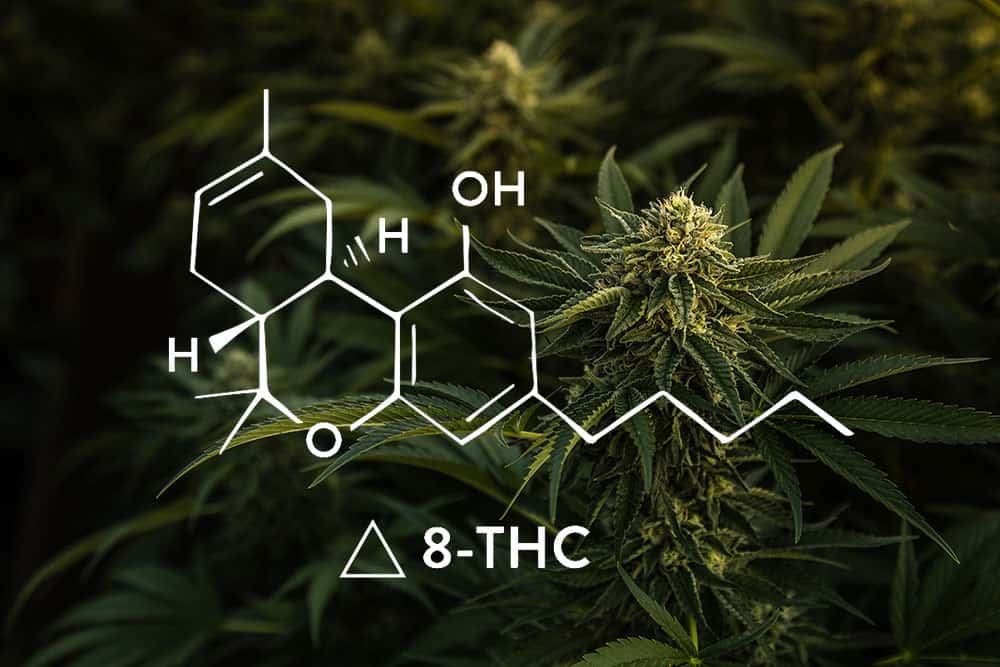Understanding Heroin Addiction in Statistics

According to SAMHSA, heroin use has remained steady at 2.6% between 2021 and 2022 for people aged 18 and older. Thankfully, heroin-related overdose deaths decreased by 33.3% between 2022 and 2023. While still a serious epidemic, this decline highlights the possibility of minimizing heroin addictions and deaths.
Why Are Opioids Addictive?
Opioids create addiction by binding to brain receptors that release dopamine. Regular use leads to less natural dopamine, causing physical dependence. In turn, you’ll need higher doses to feel pleasurable effects. This whole process creates a powerful cycle that’s extremely difficult to break.
A typical addiction story often starts with prescribed painkillers like codeine, fentanyl, oxycodone, or morphine. Someone may take the pills to manage pain after surgery or to manage chronic pain. Often, people don’t use all the pills they were prescribed, and their child uses them to get high.
Other stories involve using all the pills and still being in pain, or developing a tolerance and using a higher dosage. In many cases, people get hooked on opioid painkillers, which are highly addictive. Costly prescription painkillers sometimes lead people with opioid dependencies to switch to less expensive heroin.
Addiction Risk for Teens and Young Adults
People who start using drugs or alcohol in their teens are more likely to have substance abuse problems later in life. The surgeon general’s report spotlighting opioid use states that people aged 12 and older had misused prescription pain relievers in the year prior, greatly increasing the risk of developing an opioid use disorder.
Young people face higher addiction risks because their brains—especially the prefrontal cortex that controls decision-making—aren’t fully developed until mid-twenties. This biological gap explains their natural risk-taking and vulnerability to addiction.
Teens and young adults also place a high value on social standing. Drinking or smoking marijuana, a common starting place for teens, is cool to them. The brain’s development is stunted by drug use, with even low levels of consistent use having long-term effects.
Young users crave the instant gratification of the “high” feeling. They chase this instead of working on neural pathways that build resilience and delayed gratification. Many young users use substances to cope with stress, anxiety, or other negative feelings, increasing their risk for addiction.
How to Avoid Getting Addicted to Heroin
Prescription opioid painkillers can be very effective at treating pain, but they do not promote healing. Here are some ways to minimize the use of painkillers and some motivating reasons to do so:
- Ask Your Doctor for Alternatives:
Tell them you are worried about taking opioids and ask them if they can recommend an alternative treatment for your pain.
- Minimize Painkiller Use and Keep Them Secure:
If your child has a prescription, consider holding onto the pills for them and only giving them their daily dose.
- Deal With the Underlying Issue:
If you don’t address what’s causing the pain, it won’t get better. Alternative practices to consider include physical therapy, massage, acupuncture, functional medicine, trauma therapy, and mindfulness. - Eat Well:
If you load your diet with nutritious food, it will promote well-being for both your body and your mind. Treat yourself well, and your need for painkillers should be significantly reduced.
If you suspect that you or your loved one is becoming dependent on opioids in any form, seek help as soon as possible. The sooner one starts treatment, the more likely it is to succeed.
Choosing Opioid Use Disorder Treatment in Colorado
Even if your teen or young adult is not using heroin or prescription opioids, they may be hurting their brain development with other substances, increasing their risk of any kind of addiction. Teens and young adults are also very adaptive and respond to treatment quickly, so address any substance abuse issues promptly.
Sandstone Care offers a continuum of care for heroin and opioid addiction and co-occurring mental health disorders. If your teen or young adult is using other drugs or alcohol, consider addressing that as early as well. Find out more about how Sandstone Care treats drug abuse and opioid addiction by calling us today.






